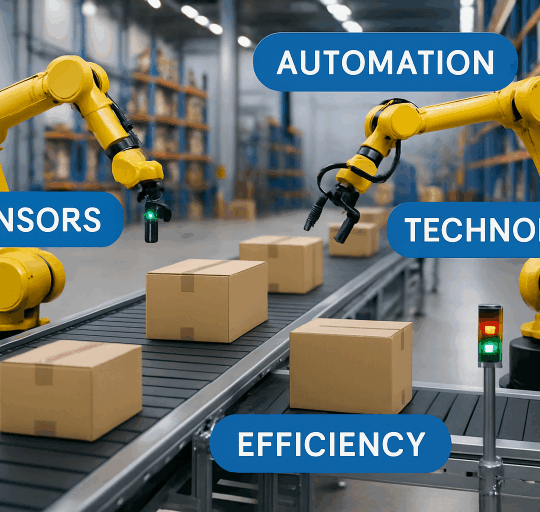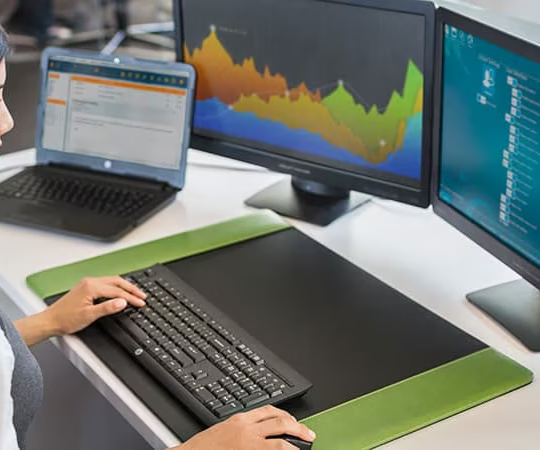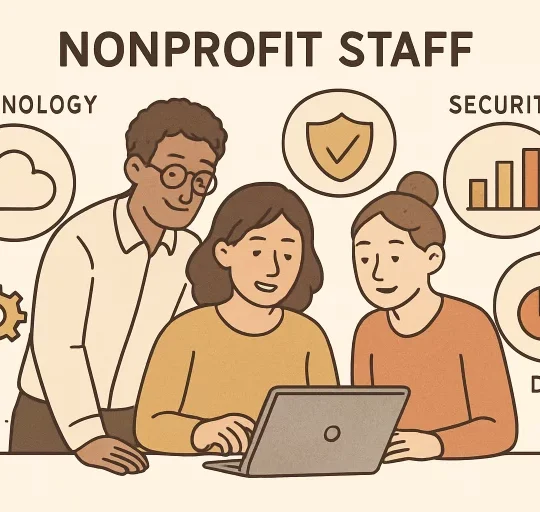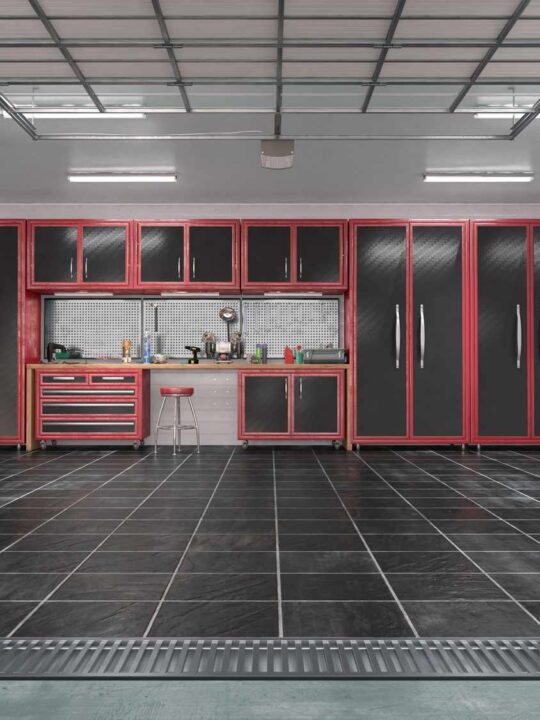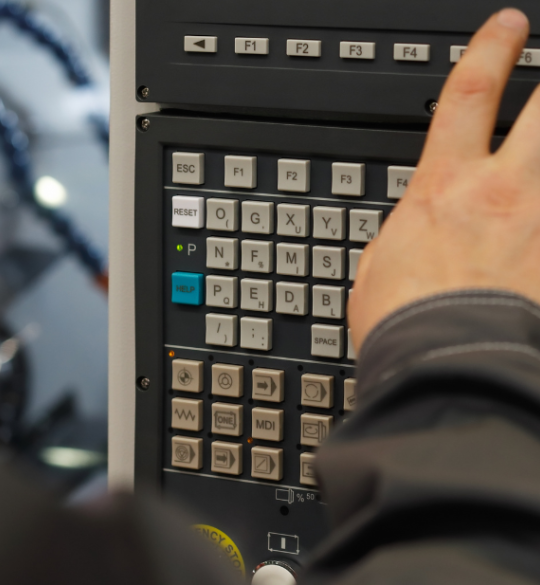 It’s been said that a clean desk is a sign of a messy drawer. A HuffPost survey reveals that more than 80 percent of people are more productive with an organized workspace.
It’s been said that a clean desk is a sign of a messy drawer. A HuffPost survey reveals that more than 80 percent of people are more productive with an organized workspace.
Most people aim for some way to keep their workspace organized even if they fail miserably in the process. Organizational tools for the office don’t just help you navigate your personal workspace but your overall approach to productivity.
Take a look at this overview of the top 10 organizational tools for the office.
Table of Contents
10. Google Docs
Communication is key when it comes to office organization. Many companies have employees collaborate across state lines or departments.
Choose tools that make this process easier. Google Docs is extremely in helping people working remotely stay connected.
Real-time document collaboration helps work teams stay up to date on project changes within an organization. Google Docs is free software that offers this feature by allowing users to store documents on a cloud.
To use Google Docs, you must have a Gmail or Google account.
9. Evernote
No one can rely on memory alone when setting goals or priorities. Evernote helps support your note-taking through an audio recording, photos, and synchronized notes.
Evernote supplements an offline note-taking system or can be the main hub for all your task lists. Where Evernote shines, however, is in allowing you to organize notes.
Create stacks of notes that fall in the same category. If you’re missing a note or can’t remember the title, you can use keywords to search through your bits of information for fast retrieval.
All information from Evernote is stored in the cloud and can be accessed via mobile phone, tablet, and desktop computer.
8. Scrum Boards
A popular choice for tech companies, scrum boards helps teams get organized as a group. Scrum boards can be physical or digital.
They work by allowing you to sort tasks, assign tasks to specific team members, and track each task from start to finish. Scrum boards use columns with the following labels to show the team’s progress:
- story
- work in progress
- to-do
- done
7. Focus Timers
Timers work by holding you accountable. You might have goals to complete five tasks in a day that should take an hour each.
Setting a timer at the beginning of each task keeps you honest because it forces you to be accountable if you’re not done at the end of the timer. Focus timers are also a good option for people who don’t remember to take breaks.
These apps have a built-in break session between tasks to help you reset before moving on to the next item. The timer is changeable for both breaks and work sessions to allow you to customize it for your situation.
6. Google Hangouts for Business
Video chat allows meetings between remote employees or with clients. Second only to an in-person meeting, video chat allows you to build rapport with the people you’re talking to.
Conference calls can leave you with an easily distracted but services like Google Hangouts for Business helps to keep everyone on task during the conversation since they’re visible.
5. Email Filters
Not all inboxes are created equal. Some email software automatically sorts your email to keep promotional messages at bay.
But most inboxes require you to manually filter the messages that arrive in your email. Set up rules and alerts to help you track important conversations.
Email filtering takes away unneeded distractions that take you away from your priorities.
4. Notecards
Notecards give you a tangible item to move around while you think about how to organize information. Add bits of information to each notecard to help you get started.
Use note cards to organize your thoughts when you plan to give a presentation or lead a meeting. Laying the notecards out on a table allows you to see and rearrange all the information at once.
Store notecards easily with numbered tabs, labels and dividers like those found on ExhibitIndexes.com.
3. Shredder
Most companies have an in-house shredder to get rid of information, but getting to the office isn’t always feasible. Remote employees still need the same access to tools without toting important papers between destinations.
It’s more tempting to hold on to outdated information when it’s confidential creating a buildup of clutter. This fact is compounded if you’re an employee working from a home office.
Invest in a high-quality shredder to keep in your home office. High-quality shredders also allow you to destroy credit cards, CDs and DVDs.
2. Mobile Scanner
Scanners are nothing new. But knowing that scanners exist and using them to reduce paperwork clutter are two entirely different scenarios.
Scanning pages is cumbersome and creates an extra step that most people would rather skip if the document is more than a few pages. Enter mobile app document scanners.
Document scanner apps are critical to staying organized. A quick snap of a photo and your document is scanned.
You can create your own digital storage system by scanning your documents and filing them to your computer. Creating digital copies helps reduce workspace clutter and helps you build a searchable system for old information.
1. Trash Can
At the heart of most workspace organizational tools, is the trash can. You can’t have one large enough in most work areas as they help you purge when needed.
Trash cans are overlooked as organizational tools. But cleaning is the simplest form of organizing.
Making quick decisions about when you’re done with a note, document or handout helps you become more decisive by getting less attached to things that don’t move you forward.
Trash cans are physical representations of your priorities. If it’s not helping you achieve a goal, toss it.
Over time, you’ll be able to immediately throw out those post-it notes with your amazing ideas trusting that the efficient system you create will allow better ideas in the future.
Pricing Organizational Tools for the Office
Organizational tools for the office range from free to top dollar subscription services. For small businesses, the free services work wonders in improving employee productivity.
As companies begin to scale, it becomes more important to increase security and track outcomes efficiently. For more information and organizational tips, please check our blog for updates.
